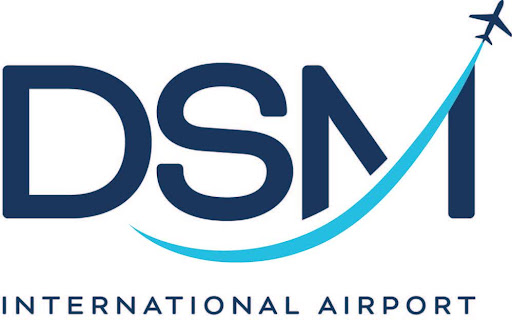Here’s a way Iowa can finance new highway projects

In a move that should give a boost to heavy infrastructure construction, the U.S. Department of Transportation (DOT) is allowing states to transfer $473.4 million in highway funds earmarked years ago but unspent, to other projects that can use the money now, Engineeering New-Record reported.
Under the transfer program, which DOT Secretary Ray LaHood announced on Aug. 17, governors have until Oct. 1 to identify the projects on which they want to use their shares of the $473.4 million. Funds must be obligated by Dec. 31. The aid can go to highway, transit, passenger rail or port work.
“These idle earmarks have sat on the shelf as our infrastructure continued to age and our construction workers stood on the sideline,” LaHood told reporters in a conference call. “These funds need to be put to use now so we can get people back to work.”
DOT staffers found a total of 671 projects with still-unobligated funds that were originally approved in appropriations measures from fiscal 2003 through fiscal 2006. Every state except Wyoming had such earmarked projects.
Alabama has the largest amount of unobligated money that it now can transfer, with $51.5 million. California ranks second, with $43.1 million, followed by Texas, which has $30.1 million, New York, with $29 million, and Pennsylvania, which has $28.5 million.
Iowa has four projects totaling $2.3 million that qualify for the funding. The projects, including a trail system, are located in Council Bluffs and near Iowa City.
LaHood said the transfers will require U.S. DOT approvals, but added, “We’re not going to take forever to do that.” He said projects should be “shovel-ready.” He also said there will be “a lot of flexibility” in how the money can be reallocated. For example, governors could use the money to accelerate projects already under way, he said.
Brian Deery, senior director of the Associated General Contractors of America highway and transportation division, says that the new plan is “freeing up money that’s been sitting in [a state’s] piggy bank, if you will, that they couldn’t use and now they can use it for highway projects.” He expects that most of the funds will go for road and bridge work, noting that “most states have pretty significant highway needs.”










